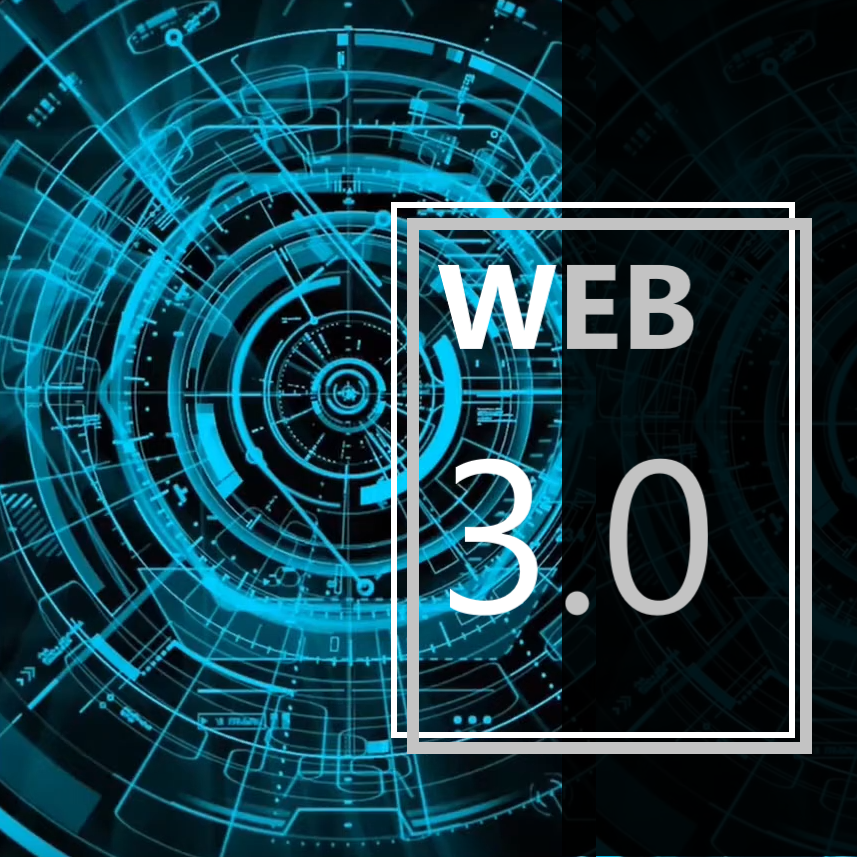
How the Internet will change with Web 3.0
These days, Web 3.0 is being discussed all over the world. It is the next generation of the World Wide Web, which may replace Web 2.0 in the near future. It is said about Web 3.0 that control over data will be in the hands of the people themselves and not of any company or government. In addition, through a single account, users will be able to access Internet media, email, shopping sites, etc. Let us know what Web 3.0 is after all.

These days there is a lot of discussion about ‘Web 3.0’ after Metaverse in the Internet world. This new word has excited the Internet world. Now you must ask yourself what exactly is Web 3.0. This is a world beyond Web 2.0, which we are used to now. In this next Internet age, it is said that you will not need to have a separate Internet account for each platform, but rather an Internet account, from which you can access Facebook (now meta), Twitter, Google+, shopping sites, etc. able to access. Also, your activities can be listed on the same digital backbone that supports cryptocurrencies like bitcoin-blockchain. The good thing would be that it would not be controlled by any central power, but the users themselves would have control of the data. Web3 applications are often based on a technology called Ethereum.
What is Web 2.0 and Web 3.0?
Online services have become an integral part of everyday life since the pandemic began in March 2020. People shop, order food, watch movies, use Internet media, and even buy things online. Most online services, such as email, Internet, and shopping, run in the cloud. Remote data storage and processing services are available over the Internet. Amazon Web Services, Google Cloud, Microsoft Azure, and other platforms provide cloud services. This means that any information that users share on those platforms is stored with the cloud providers used by the online service. This version of the Internet is called Web 2.0, which we are using now.
Web 3.0 is the next version of the Internet, where services will run on the blockchain. If we compare these two, while the cloud platform or the local infrastructure form the basis of Web2 services, in Web3 all services are based on Blockchain. The main difference between the two is that the cloud is controlled by giants and local companies / organizations like Amazon, Google and Microsoft. It is centralized. Whereas in Web 3.0, the data is distributed over the network through the blockchain. Nobody owns the data or information. Web 3.0 is a decentralized Internet, running on a public blockchain, which is also used for cryptocurrency transactions. This will be different from the centralized internet, that is, Web2.0, where major companies like Meta (formerly Facebook), Google, Amazon, and Apple have most of the user data. Web3 is important for cryptocurrencies. But it’s much more than that. The best example of Web3 are NFTs, that is, non-fungible tokens, which are bought with cryptocurrencies. Now since Amitabh Bachchan, Salman Khan and many people are becoming active in this field.
What will change from this?
To understand why Web3.0 is important, it is necessary to first understand the purpose of previous versions of the Internet, that is, Web1 and Web2, which have been running from the 1990s to the present day. Web 1 started with static or personal web pages. At the beginning of the last decade of the last century, people were new to the Internet. During that time there were more static pages on the Internet. There was not much space for conversation. Then, after 2000, came Web 2.0 and with it came big companies like Facebook, Amazon. This is the age of user-generated content. Web 2.0 is all the rage right now. Users who knowingly or unknowingly search for, buy or upload videos and photos generate large amounts of content or data. All this data is stored on the servers of the companies with which people interact. This means that the intermediaries become the custodians of user data and make a profit through advertising. According to statistics from StatCounter, Facebook has a 72 percent market share in Internet media. The more time they spend creating content, the more data businesses can collect, helping them improve their artificial intelligence algorithms and ad engines. It is also an important revenue model for businesses. Web 2.0 brings problems like privacy and plagiarism, but it won’t be that easy in Web 3.0.
How problems will be solved
These days, plagiarism is quite prevalent in the internet world. It is common to copy original material and publish it on Internet media. When American tech reporter Casey Newton analyzed the 19 most viewed posts, he found that only four of them were original, while the rest were plagiarism. Via web3 can help solve this problem. New York University researcher Mat Dryhurst says that some companies currently control the Internet, but Web 3 will provide new Internet networks, search engines, etc. that some companies will not have control of.









One thought on “How the Internet will change with Web 3.0”